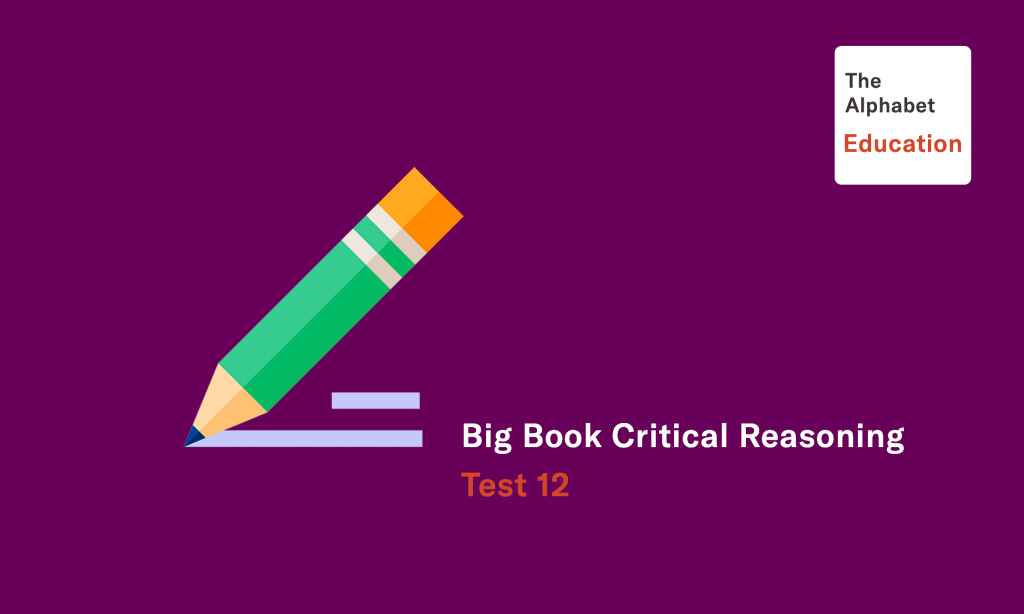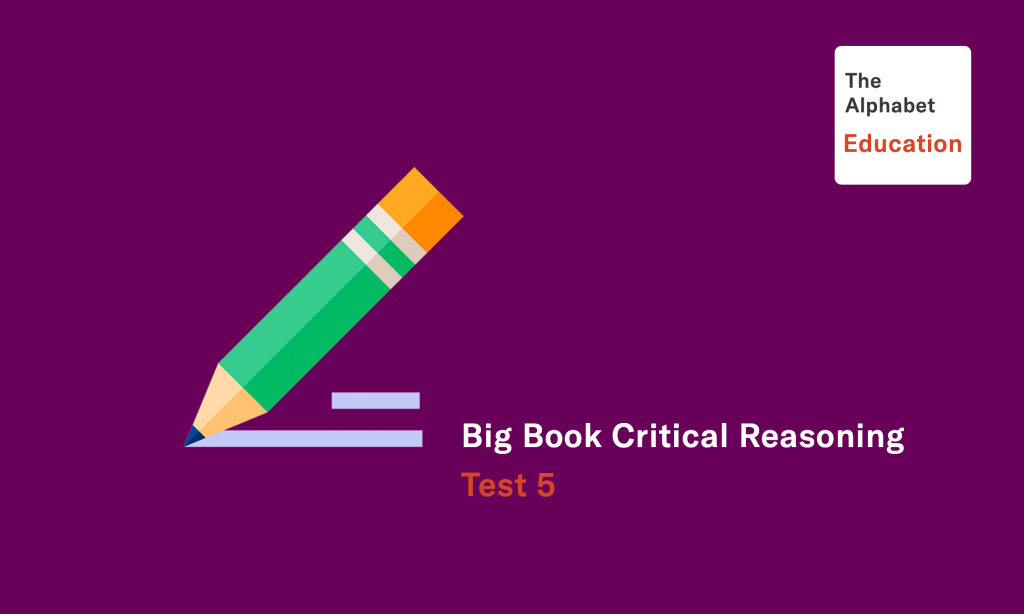GRE Critical Reasoning
Critical Reasoning questions test the ability to understand, analyze, and evaluate arguments. Some of the abilities tested by specific questions include identifying the roles played by specific phrases or sentences in an argument, recognizing the point of an argument, recognizing assumptions on which an argument is based" drawing conclusions and forming hypotheses, identifying methods of argumentation, evaluating arguments and counter-arguments, and analyzing evidence.
Each of the Critical Reasoning questions is based on a short argument, a set of statements, or a plan of action. For each question, select the best answer of the choices given.
The presence of microorganisms that produce a toxin causes seawater to turn brownish red, a phenomenon known as a red tide. Sea otters do not feed in areas where clams, their main source of food, have become contaminated with this toxin. According to a proposed explanation of the otters’ behavior, the otters sample the clams in a potential feeding area and can taste any toxin in them.
#1
An acre of average farmland produces only about 400 pounds of grain amaranth, as against 2,400 pounds per acre, or six times as much, for wheat. It follows that whenever the grain-amaranth price is projected to be more than six times the projected price of wheat, farmers wishing to maximize profits will grow grain amaranth rather than wheat.
#2
Most road repairs require more time and money than is budgeted, but last summer’s nighttime repairs of Highway 93 and similar roads required no more time or money than had been budgeted. Therefore, making summer repairs to major roads at night would save both time and money.
#3
If oven cleaner is added to household the mixture emits chlorine gas. A mixture of bathtub cleanser and household bleach also emits chlorine gas. I f ordinary soap is added to household bleach, no gases are emitted. When an unidentified cleaning agent was added to household bleach, no chlorine gas was emitted.
#4
Cars fueled by methanol have a much lower level of emissions of pollutants such as carbon monoxide and environmentally harmful hydrocarbons than gasoline-fueled cars do. Methanol fuel does produce somewhat higher formaldehyde emissions than gasoline does. Nevertheless, a methanol-powered car actually produces less atmospheric formaldehyde pollution than a comparable gasoline-powered car, because __________.
#5
Until recently experts believed that environment, not genetics, largely determines human personality. A new study, however, has shown that there is more similarity in personality between identical twins raised together than between nonidentical twins raised together. The study concluded that genetics, therefore, does play an important role in determining personality.



